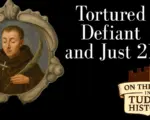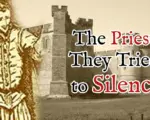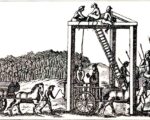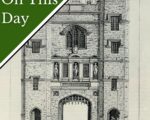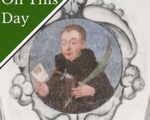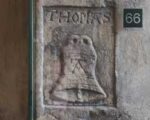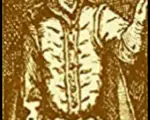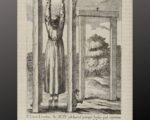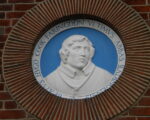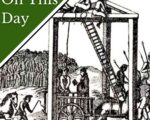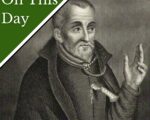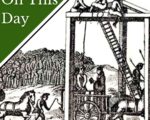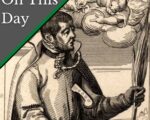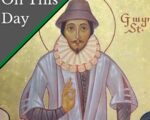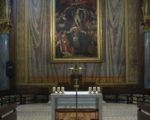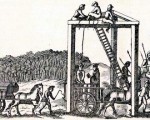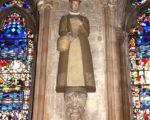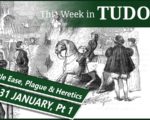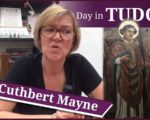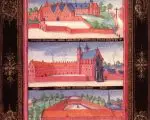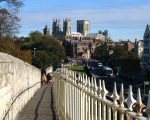On 24th September 1589, William Spenser, a Roman Catholic priest, and layman Robert Hardesty were executed at York. Spenser was executed for being a priest, and Hardesty for sheltering Spenser.
In his book Acts of English martyrs, John Hungerford Pollen, writes that William Spenser was born in Gisburn in Yorkshire and that he was educated at Trinity College, Oxford, supported by his uncle William Horn. There he was a scholar and fellow, and graduated MA in 1580. Pollen states that he met Spenser at Oxford:
“There I knew him for about eight years, always leading a most upright life, but suffering much at the hands of the heretics even before he left the university, because he was looked on as leaning somewhat towards the Catholic faith. They brought many charges against him, and he would argue against them, but never recklessly. From the time he was a boy his zeal for souls was marvellous, and he never neglected the first rudiments of faith taught him by his uncles, but acted up to them with zeal and constancy to the time of his death.”
[Read More...]
